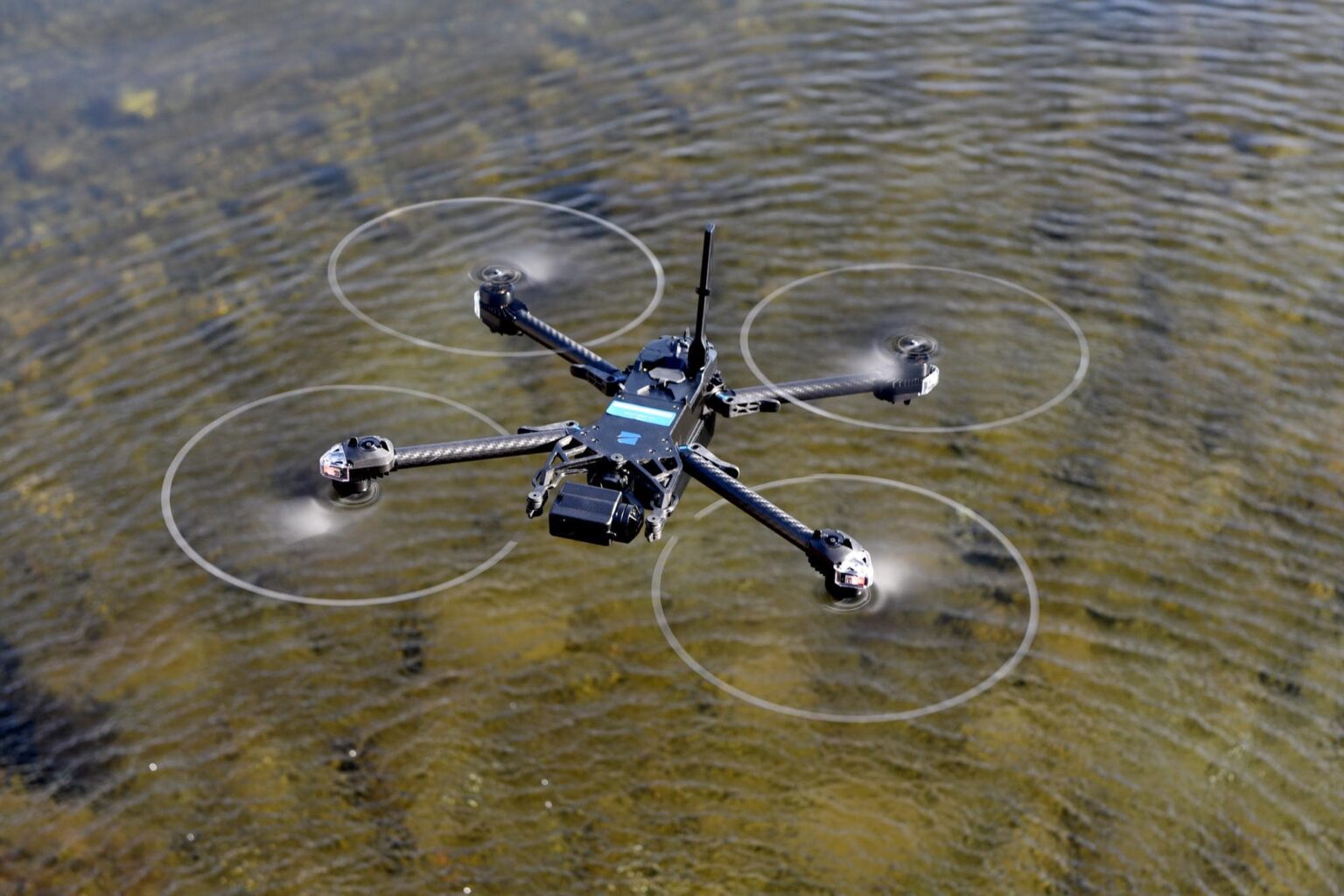Beyond Visual Line of Sight (BVLOS) operations refer to the operation of unmanned aerial vehicles (UAVs) or drones beyond the direct sight of the operator. BVLOS operations hold tremendous potential for various industries, including delivery services, infrastructure inspection, agriculture, and emergency response. However, there are significant regulatory and technological challenges that need to be overcome to enable safe and widespread BVLOS operations. Let’s explore these challenges in more detail:
-
Regulatory Challenges: a. Safety Concerns: One of the primary concerns for regulators is ensuring the safety of BVLOS operations. Flying drones beyond the visual line of sight introduces increased risks, including the potential for collisions with other aircraft, structures, or people. Regulators must establish comprehensive safety regulations and standards to mitigate these risks effectively. b. Airspace Integration: Integrating BVLOS operations into existing airspace systems is a complex task. It requires collaboration between regulatory bodies, airspace management authorities, and drone operators to establish clear guidelines, airspace corridors, and communication protocols to ensure safe and efficient integration with other aircraft. c. Pilot Certification and Training: BVLOS operations may require specialized training and certification for drone pilots due to the increased complexity and responsibility involved. Regulators need to establish appropriate certification programs and training requirements to ensure that operators have the necessary skills and knowledge to conduct BVLOS operations safely.
-
Technological Challenges: a. Sense and Avoid Systems: One of the key technological challenges in BVLOS operations is developing reliable sense and avoid systems for drones. These systems should be capable of detecting and avoiding obstacles, including other aircraft, buildings, and natural features. Advanced technologies such as radar, LiDAR, and computer vision are being employed to enable drones to sense and react to their environment autonomously. b. Communication and Data Transmission: BVLOS operations require robust and reliable communication systems to maintain a constant link between the drone and the operator or ground control station. This includes ensuring uninterrupted communication, sufficient bandwidth for data transmission, and resilience against interference or signal loss. c. Extended Flight Time and Battery Technology: BVLOS operations often require drones to fly longer distances, necessitating extended flight times and improved battery technology. Technological advancements in battery capacity, energy efficiency, and charging infrastructure are crucial to support BVLOS operations effectively. d. Redundancy and Fail-Safe Mechanisms: To ensure safe BVLOS operations, drones should be equipped with redundancy and fail-safe mechanisms. This includes redundant propulsion systems, backup communication systems, and automated emergency procedures in case of critical failures.
-
Data Privacy and Security: BVLOS operations involve capturing and transmitting large amounts of data, which raises concerns about data privacy and security. Measures must be in place to protect sensitive information collected by drones, including personal data, proprietary information, or critical infrastructure data. Robust encryption, data anonymization techniques, and adherence to data protection regulations are essential.
-
Public Acceptance and Trust: Widespread adoption of BVLOS operations relies on public acceptance and trust. Educating the public about the benefits, safety measures, and positive impact of BVLOS operations can help build trust and alleviate concerns related to privacy, safety, and noise pollution. Transparent communication about regulations, operational guidelines, and the responsible use of drones is vital to gaining public acceptance.
Addressing these challenges requires collaboration between regulatory bodies, industry stakeholders, technology providers, and researchers. Ongoing efforts are being made globally to establish comprehensive regulations, advance technological capabilities, and build a supportive ecosystem for safe and successful BVLOS operations. Overcoming these challenges will unlock the full potential of BVLOS operations, enabling new opportunities for industries and revolutionizing the way drones are used in various applications.



